The music cassette
The music cassette, also known as a compact cassette (CC) or audio cassette, is a sound recording medium for the electromagnetic, analog recording and playback of audio signals. It was developed by Philips and introduced to the public on August 28, 1963.
Invention and dissemination
Philips engineer Lou Ottens is considered the inventor of the compact cassette. Initially, it was ridiculed by hi-fi enthusiasts because the recording quality was often noisy and mono. However, Philips focused on ease of use, portability, and an affordable price (the first cassette recorder, the "Philips EL 3300," cost $299). As a result, the cassette became one of the most popular audio media formats in the 1970s and 1990s, alongside vinyl records and later CDs. The Walkman, a portable cassette player introduced by Sony in 1979, contributed significantly to its popularity.
How it works
A music cassette contains a narrow magnetic tape that runs on two reels. A cassette recorder moves the tape using a motor and a "capstan" (sound wave) to ensure a consistent tape speed. The sound signals are stored analogously and electromagnetically on the magnetic tape and converted back into audible sounds during playback. Many cassette recorders could not only play back recordings but also record them, which made creating your own "mixtapes" from radio recordings or other sources very popular.
Advantages and disadvantages
Advantages: Easy to use, lightweight, portable (especially with the Walkman of the time), relatively inexpensive to purchase (both cassettes and players), ability to make your own recordings.
Disadvantages: Susceptibility to "tape jams" (magnetic tape becoming tangled), deterioration in quality over time, sensitivity to magnets, cold and heat, lower sound quality compared to later media such as CDs, time-consuming searching for individual tracks by fast-forwarding and rewinding.
Current status
Although digital media has largely replaced the cassette, the music cassette has experienced a small revival in recent years, similar to the vinyl record. It is once again appreciated by nostalgics and music lovers, often for its unique aesthetics and "analog" sound.
Mahalia Jackson and the music cassette
There are numerous recordings and compilations of Mahalia Jackson, which were also released on cassette over the years. As cassettes were particularly popular in the 1970s and 1980s, many posthumous releases or reissues of her albums fell into this period.
Examples of Mahalia Jackson albums that were also available on cassette:
"How I Got Over" (originally released in 1976 as an LP, later also on cassette)
"Gospels, Spirituals & Hymns" (often available as a compilation on cassette)
"The Essential Mahalia Jackson" (also available on cassette)
Samplers and best-of albums of their recordings on Columbia Records, Apollo Records, and other labels have been released on cassette over the years.
Particularly noteworthy is the "Columbia Box" with two cassettes and an extensive booklet. This was very popular and was available in cassette and CD editions. Even today, this interesting edition is still widely available.
A selection from my collection





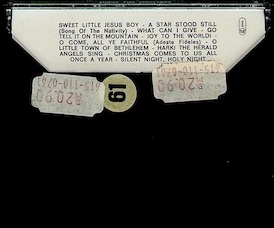
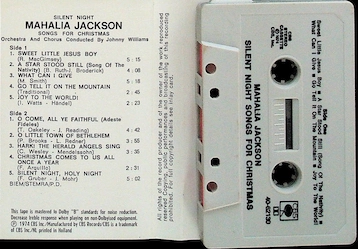
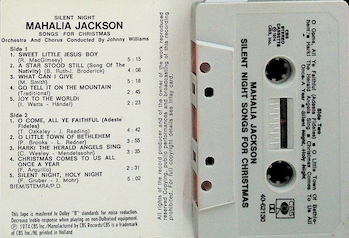

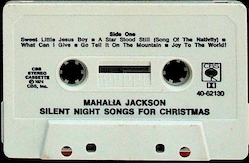
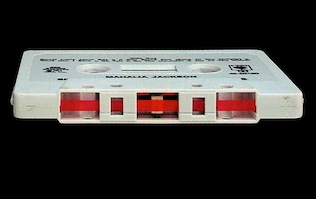
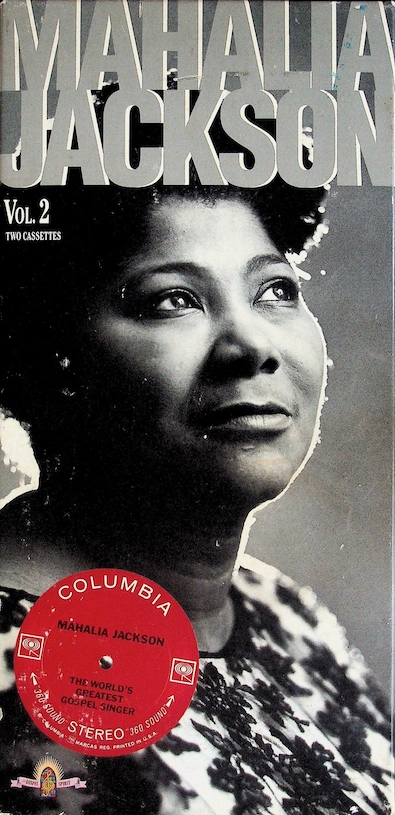
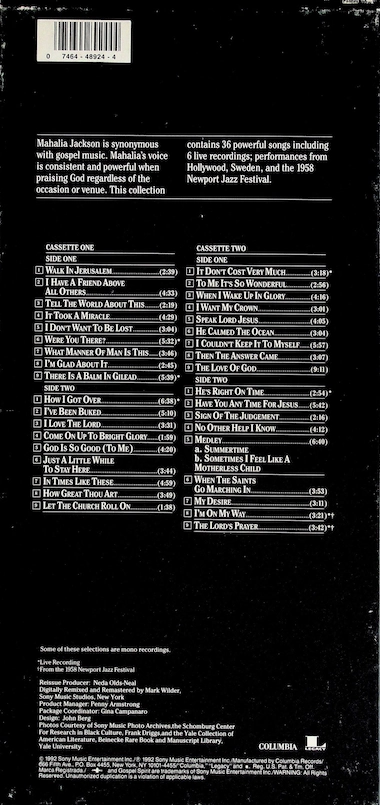

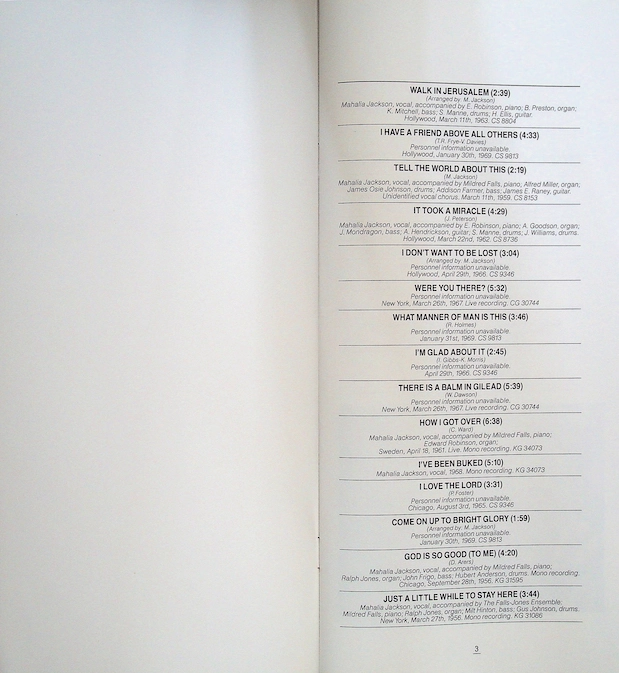
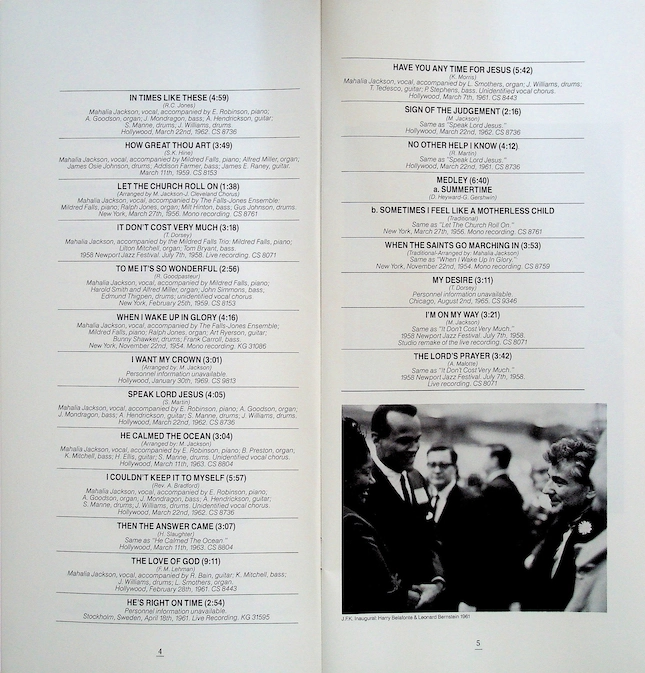
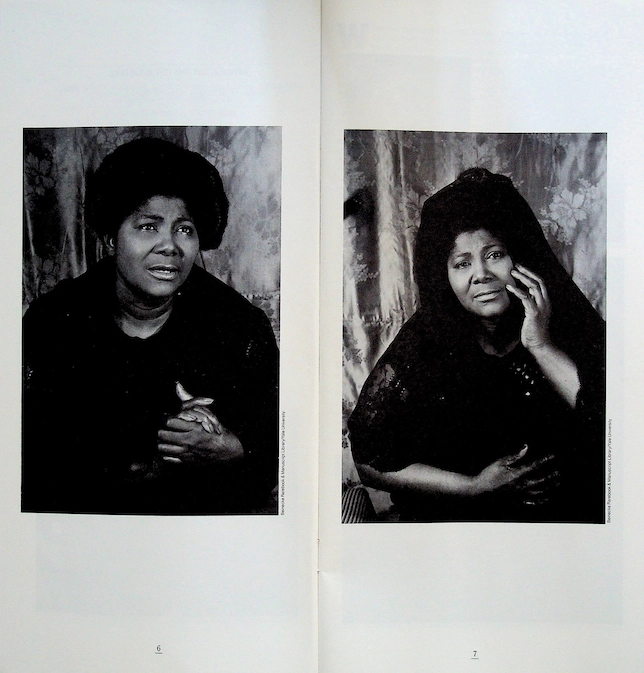
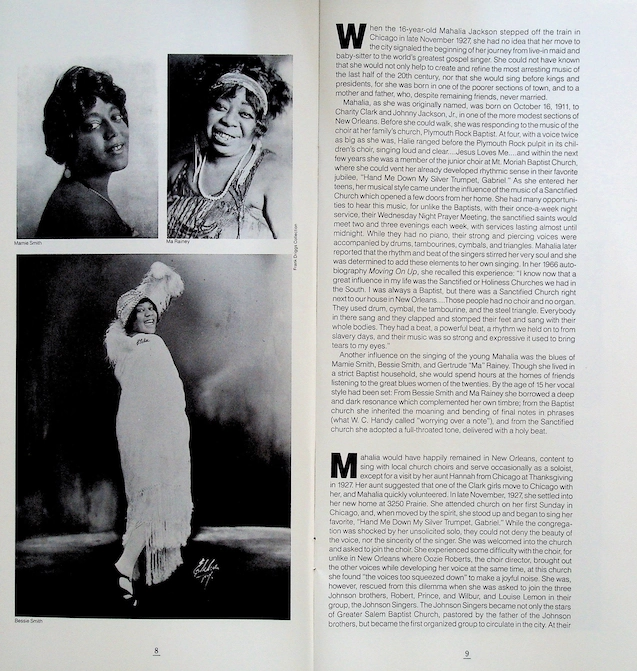
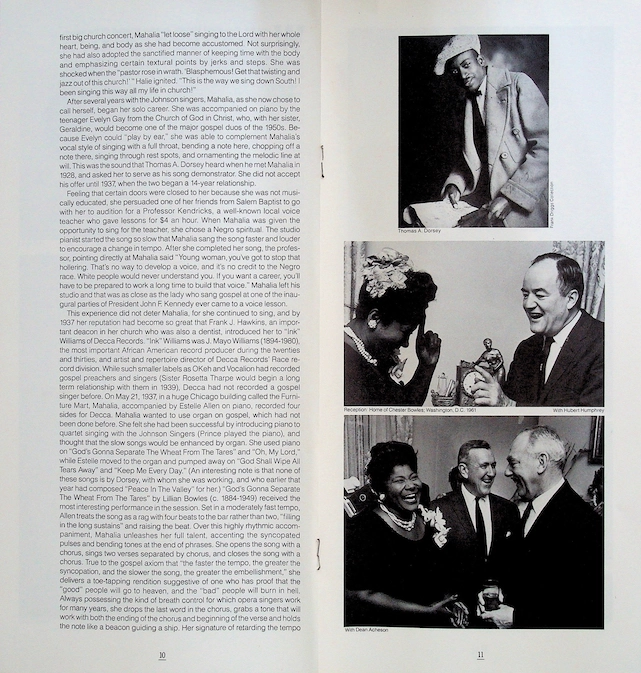
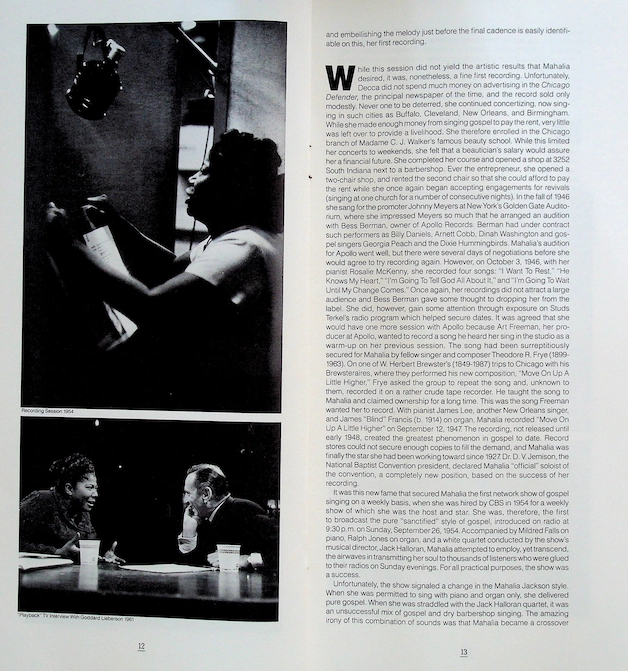
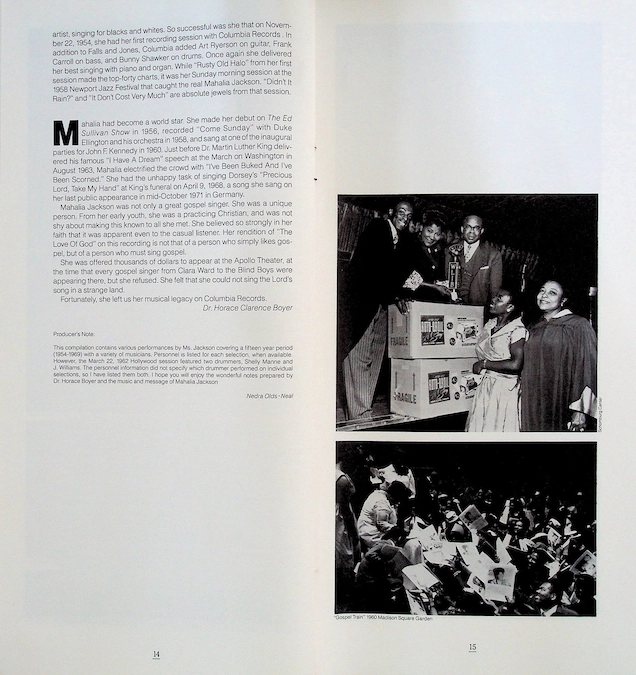
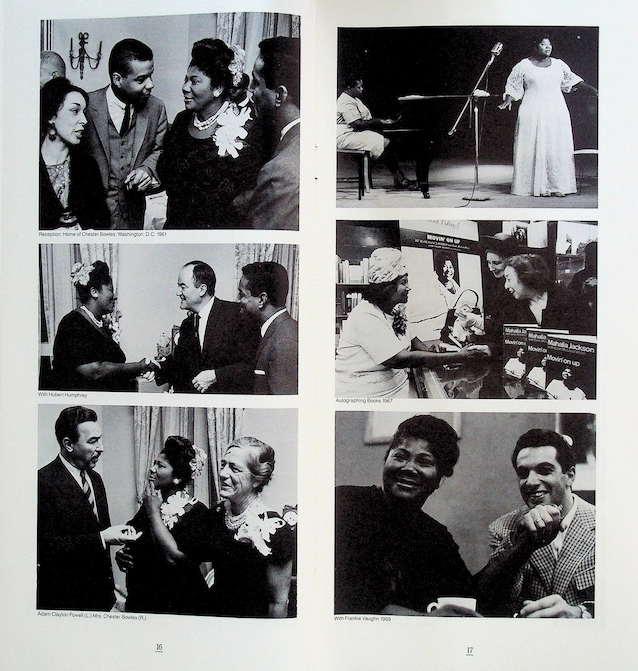
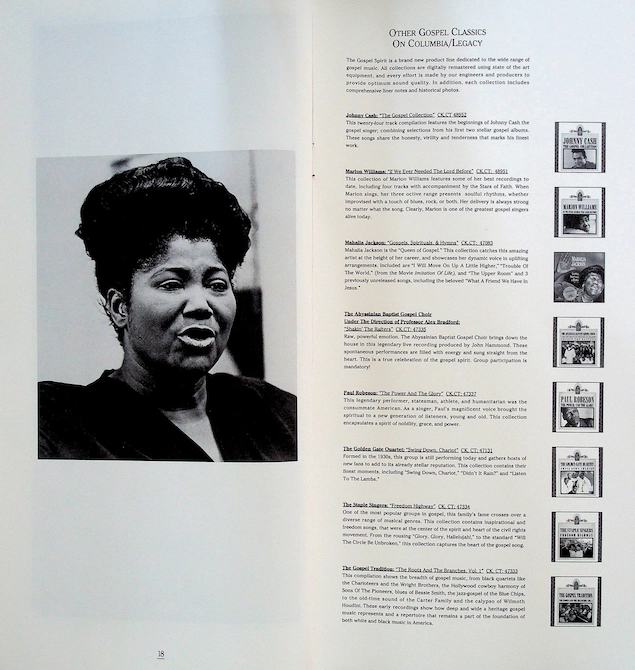
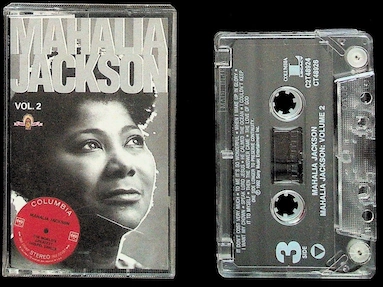
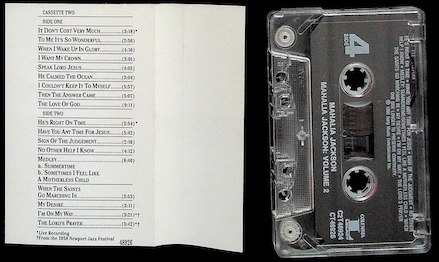
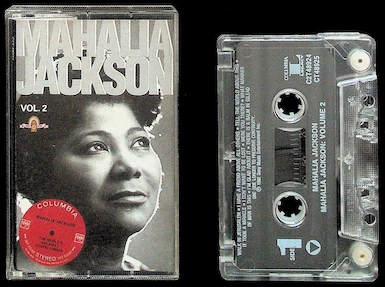
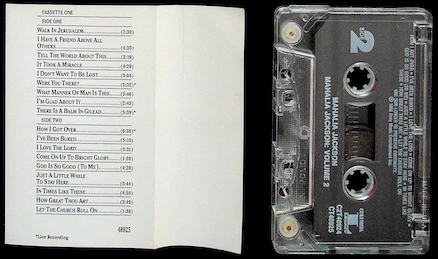
©Sony Music Entertainment Inc. 1992